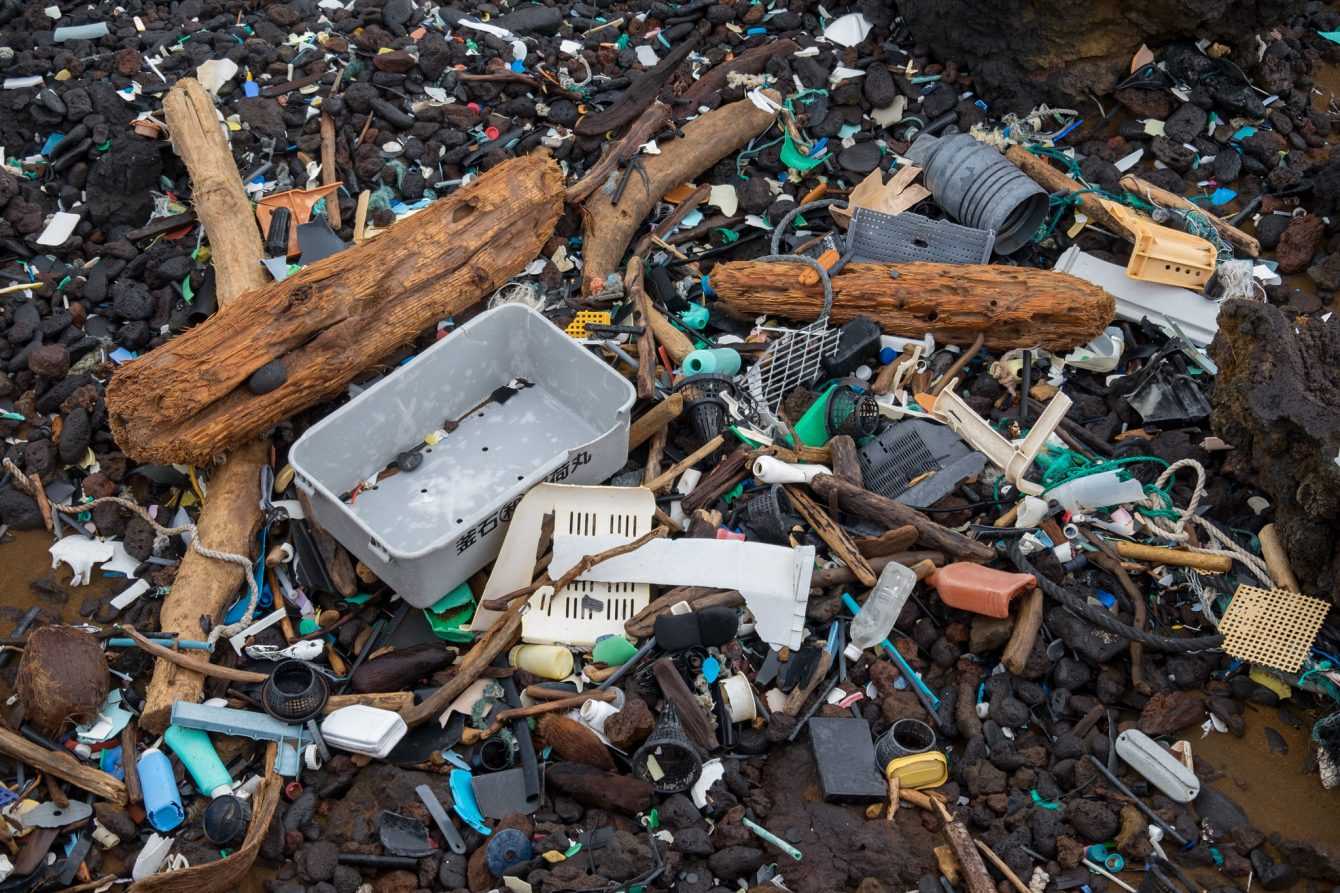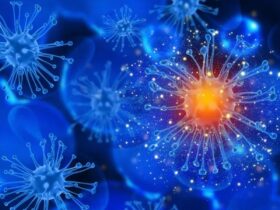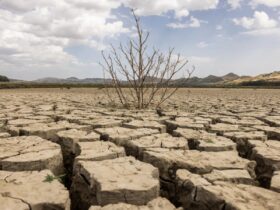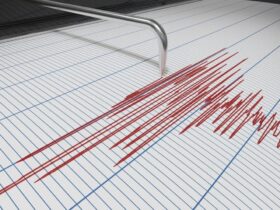A new satellite technique shows how the concentrations of microplastics in the oceans vary during the different seasons of the year
Researchers have developed a new way to detect microplastics in oceans around the world and track them over time. They are thus able to provide a chronology of when they enter the water, how they move and where they tend to collect during the seasons of the year.

Microplastics: a huge problem
It is estimated that approx 8 million tons of waste of plastic enter the oceans every year. Most of the plastic is then reduced by the sun and waves into microplastics, tiny particles that can ride currents hundreds or thousands of miles from their entry point. The microplastiche they are all those plastic fragments less than 5 millimeters in size generated by the degradation of larger plastic fragments or by various industrial processes. These debris can damage life, marine ecosystems and are extremely difficult to trace and clean up.

Season changes in the Great Pacific Garbage Patch
A team of researchers from the University of Michigan found that the ocean microplastics they tend to concentrate differently depending on the various seasons throughout the year. In fact during the summer months they tend to be concentrated in more precise areas, while in the winter months they are more dispersed. June and July, for example, are the peak months for Great Pacific Garbage Patch, an area in the North Pacific where microplastics accumulate in massive quantities. While in the oceans below the equator they are concentrated in the months of January and February. Concentrations tend to be lower during the winter, probably due to a combination of currents stronger that redistribute them and an increase in vertical mixing that pushes them under the surface of thewater. But not only that, also the leakage of microplastics from rivers, like China’s Yangtze River, it varies with the seasons.

From fishing boats to satellites: how to improve detection
The current techniques of detection of microplastiche are based on the reports and harvests of fishing boats and ships which detect collected microplastics. These relationships are therefore unpredictable, undergoing the perturbations of bad weather and spontaneity of navigation reports. The new method is based on the Cyclone global satellite system, or CYGNSS, which can provide both a global view and enlargements of small areas of the ocean surface. The CYGNSS system consists of a system of eight microsatellites, launched in 2016, to monitor storms and predict their severity. The key to the process is the roughness of the ocean surface, which CYGNSS measures using radar. The measurements were mainly used to calculate wind speeds near hurricanes. The researchers, however, wondered if this data could have other uses as well. Using measurements of the wind, the team looked for places where the ocean seemed less rough than expected. They then compared those areas with observations from fishing boats and ocean current models that predict migration of microplastics. They found a high correlation between less agitated areas and those with more microplastiche. Finally, they did the reverse process: looking with different roughnesses in the surface they measured the concentrations of microplastics there. Even so they found the same correlations. So they concluded that the ocean surface roughness data is a very good model to find where microplastics are concentrated on the surface.

Being able to selectively clean the oceans of microplastics
The team of researchers believes that changes in ocean roughness may not be directly caused only by microplastics, but also by surfactants. These are a family of oily or soapy compounds that lower the surface tension of water. The surfactants tend to accompany microplastics in the ocean, both because they are often released along with these, and because they travel and accumulate in ways similar to them once they are in water. At the conclusion of the research, the researchers say the information could help distribute ships and other resources more efficiently to clean the oceans of pollutants. The researchers are already in talks with a Dutch organization, the “The Ocean Cleanup“, To work together to validate the team’s initial results and experimentally verify the results on a large scale. These data on seasonality and sea roughness can also be useful to the agency of theUNESCO, to find new ways to monitor the release of microplastics in the world’s waters and organize specific clean-up missions.
Follow us in our section sciences for other news!















Leave a Reply
View Comments